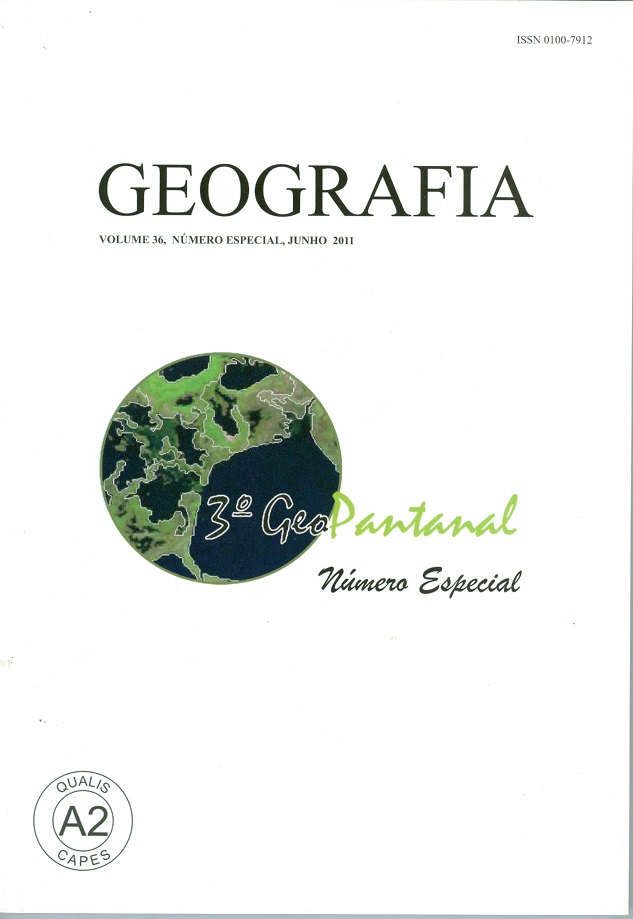REFINEMENT OF THE DIGITAL ELEVATION MODEL APPLIED TO EROSION MODELING OF WATERSHEDS
Resumen
Rapid soil erosion is a major threat to the sustainability of ecosystems (PIMENTEL et al., 1995, p.1118). The increase in erosion processes across the Alto Taquari sub-basin (BAT) intensified silting up the Taquari river in the Pantanal region, and consequently the inundation of floodplain areas around its lower course. This inundation is considered the most severe impact, both environmentally and socio-economically for the Pantanal (GALDINO; PELLEGRIN, 2003, p.11). Among all sub-basins within the Alto Paraguai watershed (BAP), BAT is one of the regions showing the highest erosion potential (GALDINO et al., 2006, p.113), and also one of the highest rates of sediment production (GALDINO; PELLEGRIN, 2003, p.23). Therefore, a modeling of erosion processes aiming to reduce the amount of sediment is a necessity presented for the conservation plan of BAP, also applied to BAT (GALDINO; PELLEGRIN, 2003, p.26). In the context, erosion modeling allows an evaluation of the erosion potential of natural and human factors, thus supporting the conservation plan of that watershed (BOTELHO, 2009, p.277). The empiric model named Universal Soil Loss Equation (USLE) (WISCHMEIER; SMITH, 1978, p.4) allows the estimation of soil loss caused by hydric erosion in a given area which was originally an agricultural field.Descargas
Publicado
Número
Sección
Licencia
Los autores mantienen los derechos de autor y otorgan a GEOGRAFIA el derecho de primera publicación, estando los artículos licenciados simultáneamente bajo la Licencia Creative Commons BY 4.0, que permite compartir y adaptar los artículos para cualquier propósito, siempre que se cumplan los créditos y disposiciones de derechos de imagen, privacidad. o derechos morales. Se puede acceder a otras atribuciones legales en: https://creativecommons.org/licenses/by/4.0/legalcode.en.

Geografia, Rio Claro, SP, Brasil- eISSN 1983-8700 - Licencia Creative Commons BY 4.0,





